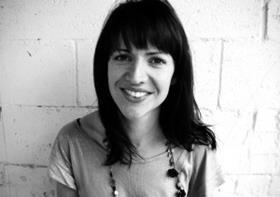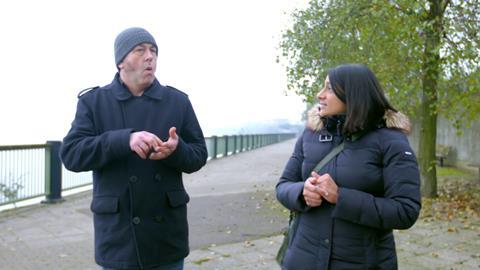Progress has been made but a deaf newsreader remains a long way off, says Cathy Heffernan
The words ‘you can’t be what you can’t see’ might be overused but they are true. Programmes made in British Sign Language (BSL) allow deaf people who sign to be involved on screen – and behind the camera – in ways that mainstream TV doesn’t.
Although TV in spoken language can be made (and often is) accessible to deaf people, it rarely reflects their lives and production teams rarely include deaf people. What BSL programming does is put stories about deaf people who sign on to the screen.
All I had growing up was See Hear, short-lived series and a few films. Now, we have deaf children watching people like themselves fronting cookery shows and interview formats, and playing the leads in dramas and sitcoms shown on the British Sign Language Broadcasting Trust (BSLBT) website and seeded on mainstream channels.
What’s more, you’ll find many of the directors, producers, writers and researchers are deaf too. If you can be what you can see, you can aspire to a career in the media.
The BSLBT has been commissioning since 2008. By offering an alternative way for commercial broadcasters to meet regulatory requirements to provide programming in sign language, it has delivered a sustained source of funding. This has allowed for more programme development, which in turn has generated more opportunities for deaf people.
But limitations remain. Programme- making in sign language is in its infancy and remains conservative, like 1960s TV seems to our modern eyes. One challenge for BSL programming is the visual nature of sign language – you need to see it to ‘hear’ it. Therefore, when editing interviews in sign language, you can’t paint the audio with archive or cutaways.
The time is now ripe for some rule-breaking and experimentation. In Getting Personal, an interview format I developed for BSLBT, we shun the sit-down interview that has been the norm. Instead, we film in locations relevant to the story and bring more action and movement into conversations, so they are more visually interesting. It has been a challenge, but worth it.
Great progress has been made to improve diversity on British screens – but there’s a long way to go before we see a deaf BSL user reading the News At Ten or fronting a travelogue series. But with BSLBT cultivating the next generation of talent, we are pushing at that door.

- Cathy Heffernan is a freelance producer-director. She is the creator, producer and director of the British Sign Language Broadcasting Trust programme Getting Personal










No comments yet